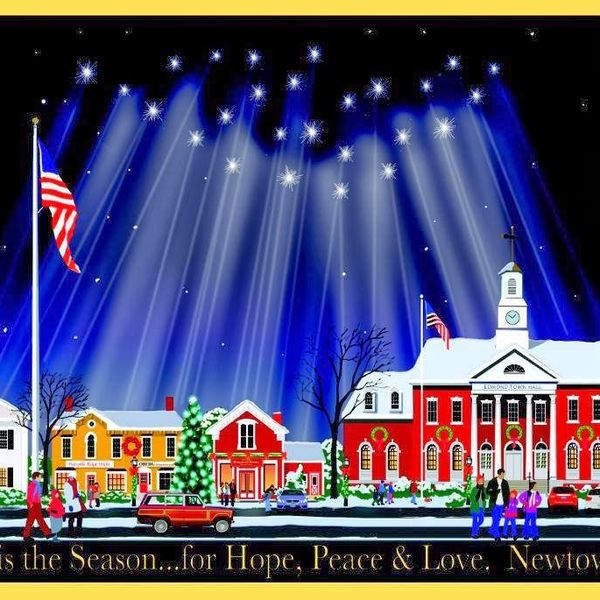Did you know the government screwed us over in 2008? There’s actually a phenomenal movie titled The Big Short that explains the stupidity surrounding the financial realm during the years leading up to the housing market collapse. Ryan Gosling is in it if that makes a difference, but I digress. The history behind the worst bubble we have seen in US history is quite frightening; it might even make you doubt the banking industry…if you haven’t already.
The Recession began in 2006 when housing prices started to fall. Subprime mortgages had been bundled up with AAA investments, or in other words, a big fat lie. Rating agencies were also in cohorts with certain banks to slap a fake price on the assets. The subprime crisis was caused by hedge funds, banks, insurance companies, etc. Crooks within the financial world allowed unqualified people to take out enormous loans at unpayable interest rates. The reason why these faulty loans were given out was because lenders had paid off the government to relax laws on investing depositor’s funds. Moreover, derivatives began to come into play when mortgage-backed securities were formed. It allowed interest only loans to transfer the risk of the lender defaulting when interest rates reset, but as long as the housing market rose, the risk was small. There was so much liquidity as a result that a housing boom was formed.
During this period of booming economic growth, the Federal Reserve and banks praised the spread of wealth, disregarding the fraud behind the assets being sold. Prices were going up 20% per year in CA and FL, and some homes even had negative-amortization. From 2003 to 2007, subprime loans had increased from $332 billion to $1.3 trillion. We know how the story ends: housing prices fall rapidly, defaults on loans hit the nation, and the economy collapses into catastrophe.
Could this have been avoided? Possibly. If the Bush Administration and Federal Reserve had seen the early signs of fraud, then the bubble would not have burst, or its impact may have been reduced exponentially. The first sign was when the Commerce Department reported that permits dropped 28%, which meant housing prices would fall. However, this hasn’t happened since the Great Depression. The Fed remained optimistic, stating that the economy was strong enough to overcome any crisis. The Fed also disregarded the inverted yield curve for US Treasuries, which is simply when short-term yields are higher than long-term yields. Economists believed once the Fed lowered interest rates, housing prices would rise. The easiest way to avoid this crisis would have been to do one thing: care.
When things are good, everyone buys. High-risk bundles were purchased by everyone and anyone. Unregulated mortgage brokers were making loans, homeowners were taking out interest-only loans, and no one understood the bundling of mortgage-backed securities. Let me reiterate that: no one understood the programs that bundled the mortgage-backed securities. The financial industry was basically filled with a bunch of buffoons that the government egged on. If there’s one thing we can learn from this crisis, it’s that we need better education in America….or perhaps a government that cares. The scariest thing about the future of the banking industry is that we are about to repeat history. In 2015, several large banks began selling billions in what is called a “bespoke tranche opportunity.” This is another name for a CDO (collateralized debt obligation), which was the cause of the housing crisis.



















